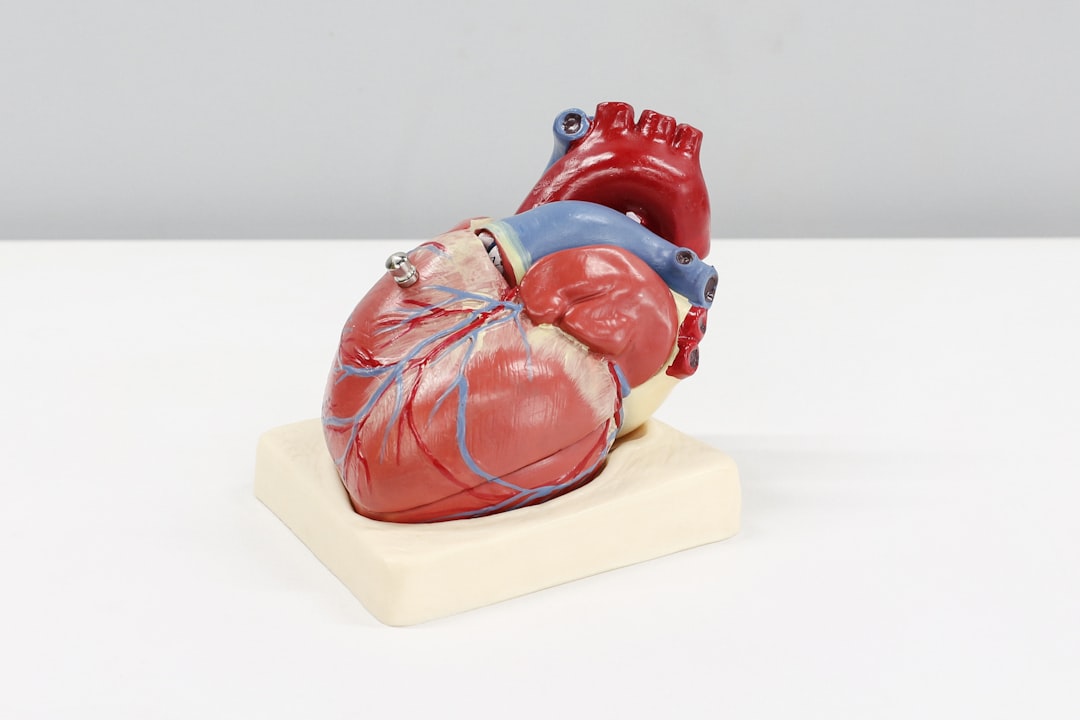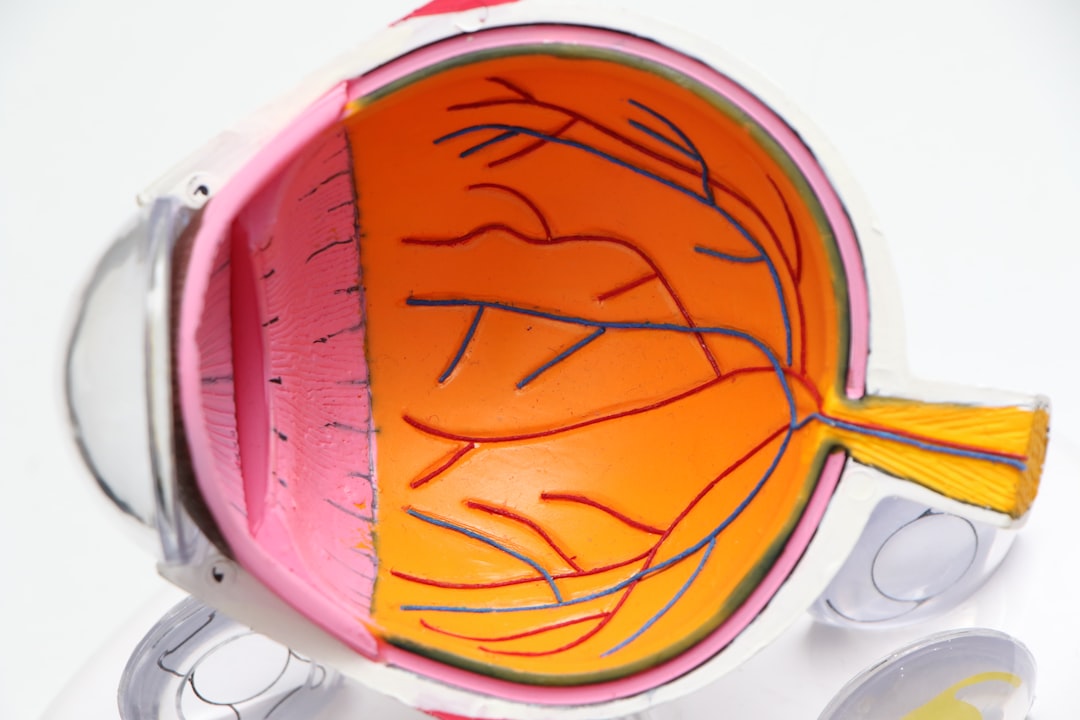What is it about?
New oral treatments reach the EU market as “medical devices” (the packaging carrying a “CE”-label). They come as blisters, syrups, drops or sprays packed in a box with an indication on it and containing a leaflet, looking like medicines. Yet, medical devices are not subjected to the stringent regulations as set for medicines, and they are not governed by the medicinal drug authorities. These products claim to behave as a material with a barrier action. They are commercialised as if it were medicines, with direct promotion to the general public and with immediate over-the-counter release to the consumer after launch (without need of a prescription). We studied the leaflet of three medical devices for oral use in children and searched for evidence for efficacy and safety. Leaflet information is incomplete, and did not comply with the standards for medicines. We did not find proof of efficacy. Based on published information, concerns regarding safety and risk for interactions are raised, not addressed in the leaflet. EU medical device regulation therefore needs revision. Products for repeated oral intake should be excluded and remain medicines, undergoing proper quality insurance through registration via the European Medicinal Agency.
Featured Image
Why is it important?
By a loophole in European regulation for medical devices, products for repeated oral intake, with a medical indication, reach the market after certification by a notifying body, but without proper quality insurance by the European Medical Agency. We argue that the EU medical device regulation needs further revision in order to exclude these products.
Read the Original
This page is a summary of: Medical devices that look like medicines: safety and regulatory concerns for children in Europe, Archives of Disease in Childhood, September 2019, BMJ,
DOI: 10.1136/archdischild-2018-316391.
You can read the full text:
Contributors
The following have contributed to this page










